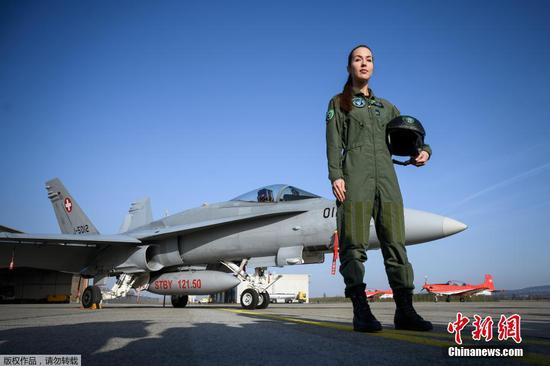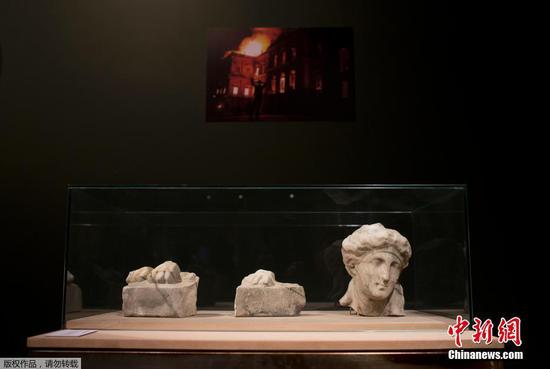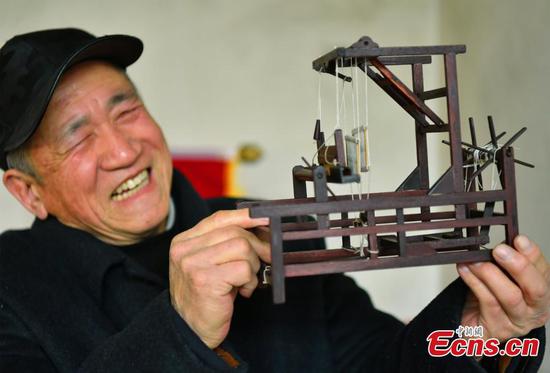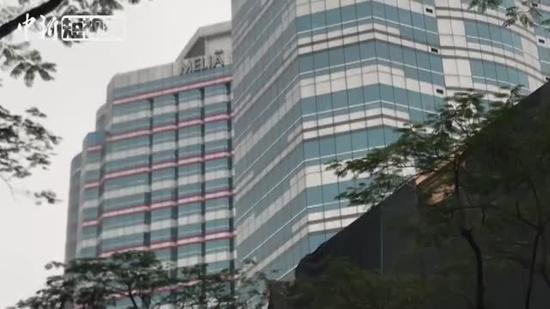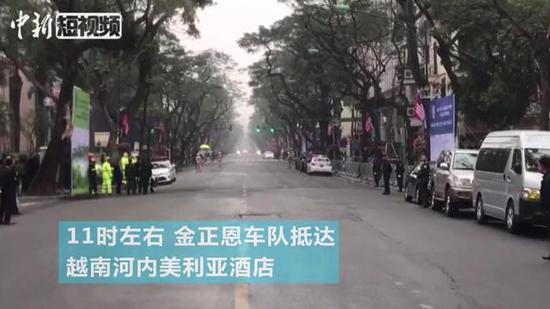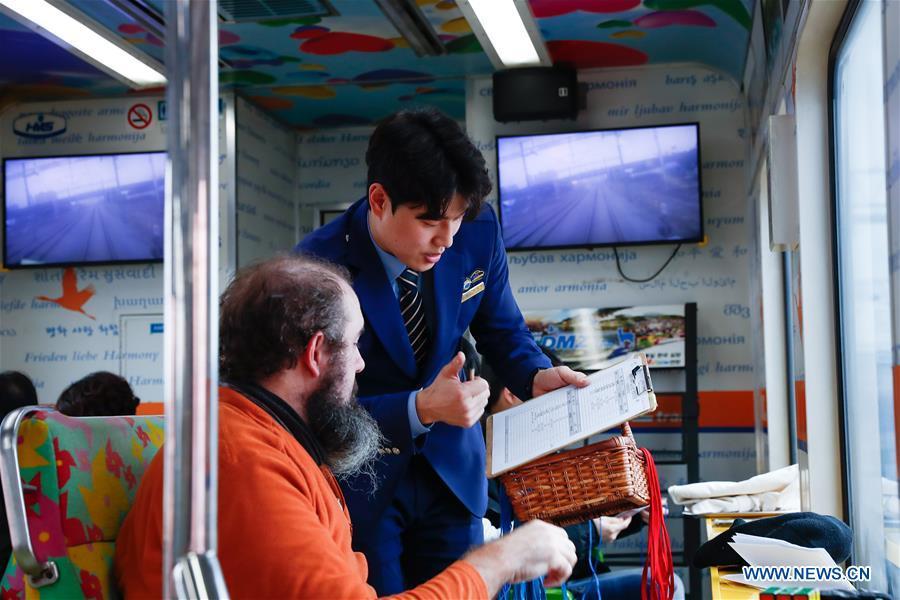
Lee Tae-hyun (R), a trainman and tour guide, registers a passenger's information onboard a DMZ train, South Korea, Feb. 20, 2019. Created in 1953 when the three-year Korean War ended with armistice, the Demilitarized Zone (DMZ) has long been a symbol of both confrontation and peace as tensions or rapprochement across the inter-Korean border can be felt firsthand in the 250-km-long strip of no-man's land. The DMZ Train departed Seoul Station for Dorasan Station, the northernmost station of the ROK just about 50 km north of Seoul and only 700 meters south of the southern boundary of the 4-km-wide DMZ. (Xinhua/Wang Jingqiang)
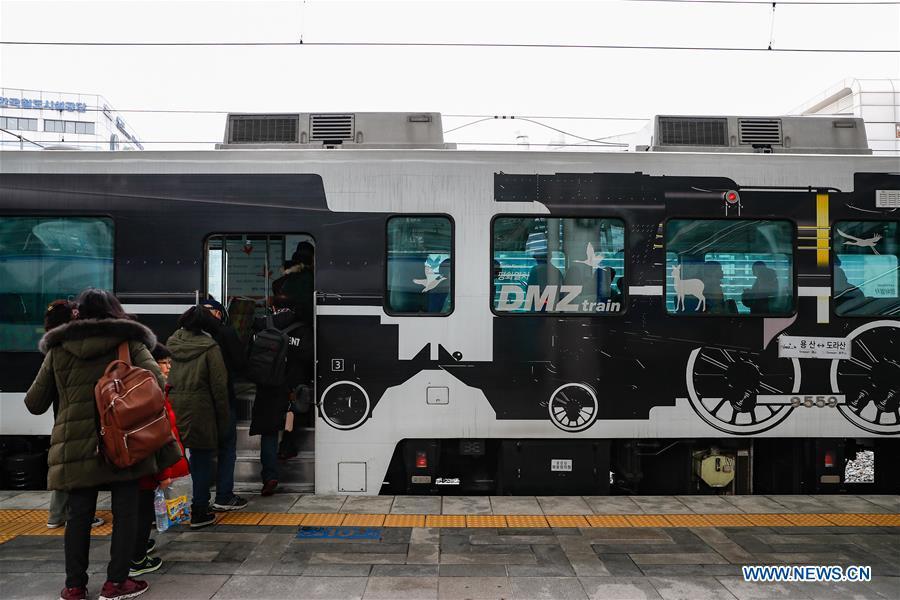
Passengers board a DMZ train at Seoul Railway Station in Seoul, South Korea, Feb. 20, 2019. Created in 1953 when the three-year Korean War ended with armistice, the Demilitarized Zone (DMZ) has long been a symbol of both confrontation and peace as tensions or rapprochement across the inter-Korean border can be felt firsthand in the 250-km-long strip of no-man's land. The DMZ Train departed Seoul Station for Dorasan Station, the northernmost station of the ROK just about 50 km north of Seoul and only 700 meters south of the southern boundary of the 4-km-wide DMZ. (Xinhua/Wang Jingqiang)
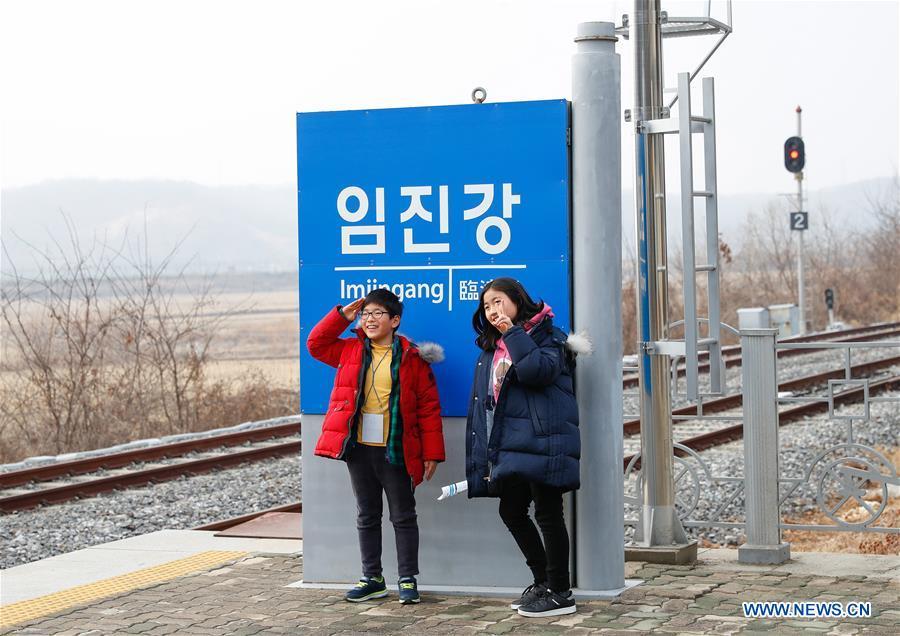
Two children pose for photos at the Imjingang Station in Paju, South Korea, Feb. 20, 2019. Created in 1953 when the three-year Korean War ended with armistice, the Demilitarized Zone (DMZ) has long been a symbol of both confrontation and peace as tensions or rapprochement across the inter-Korean border can be felt firsthand in the 250-km-long strip of no-man's land. The DMZ Train departed Seoul Station for Dorasan Station, the northernmost station of the ROK just about 50 km north of Seoul and only 700 meters south of the southern boundary of the 4-km-wide DMZ. (Xinhua/Wang Jingqiang)










